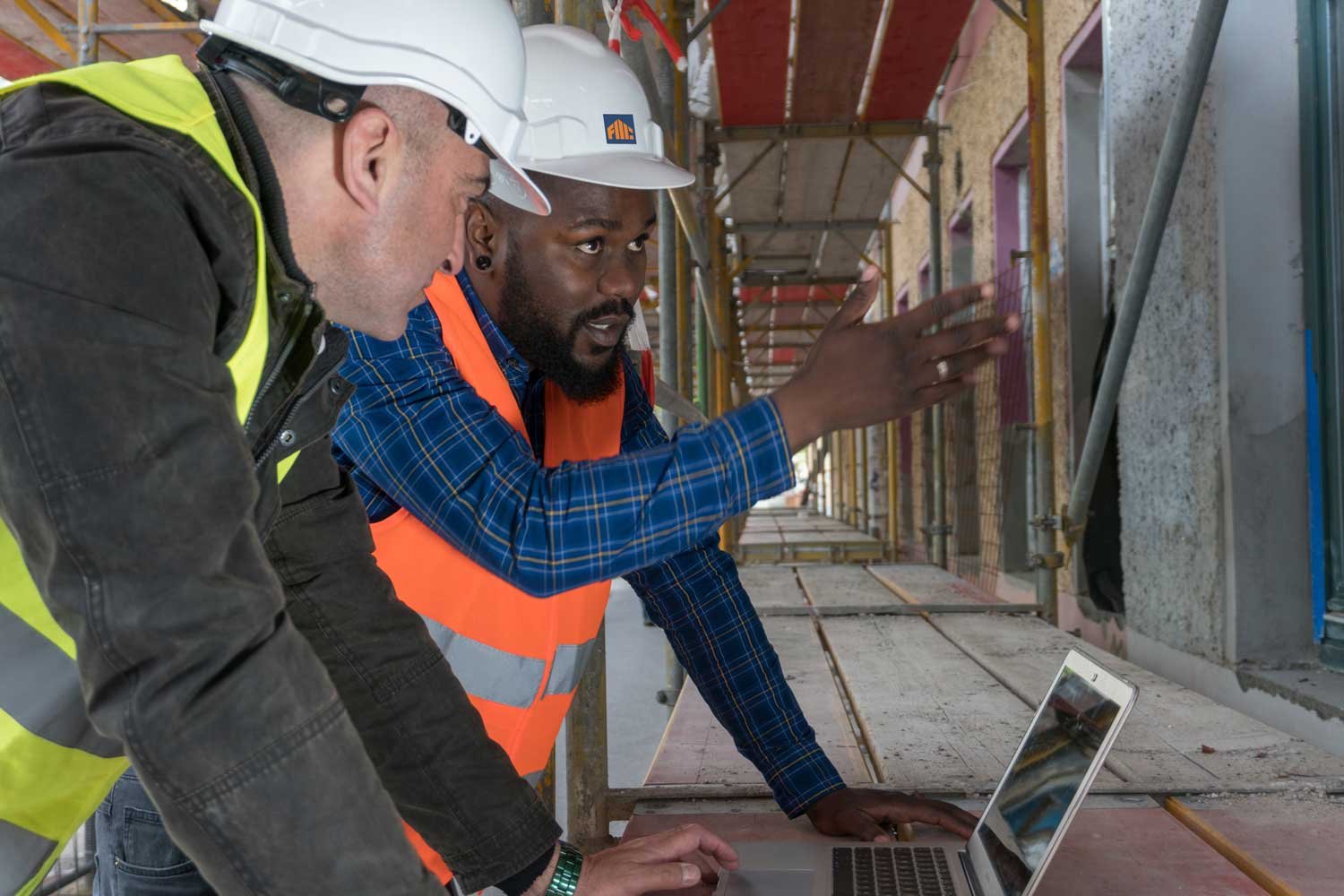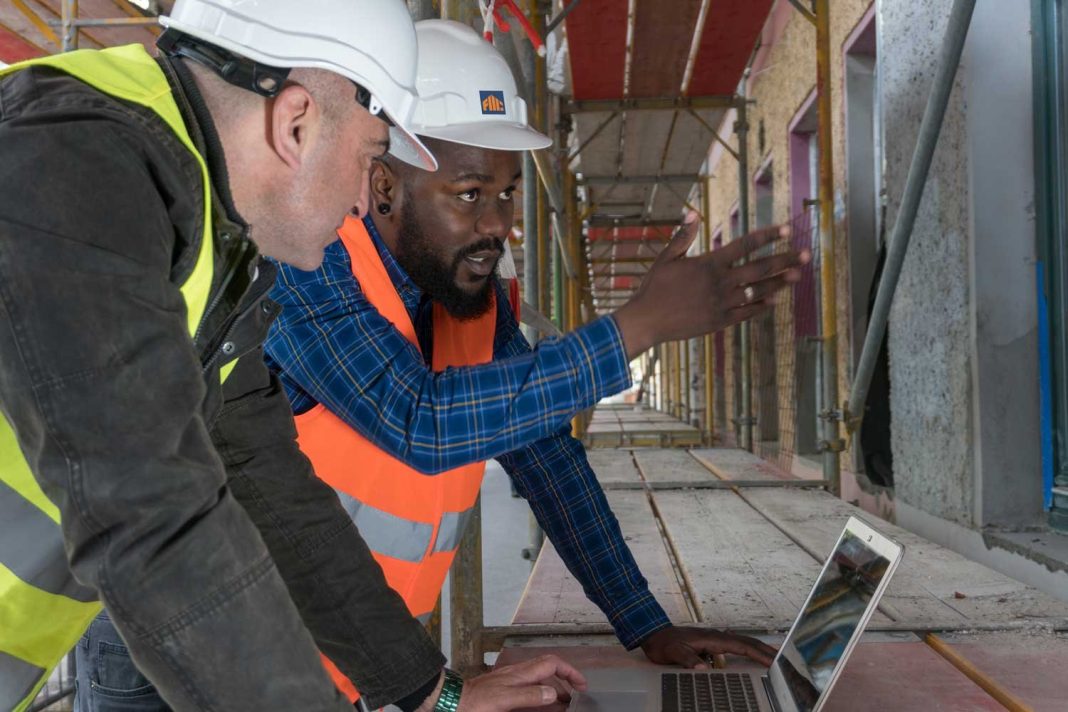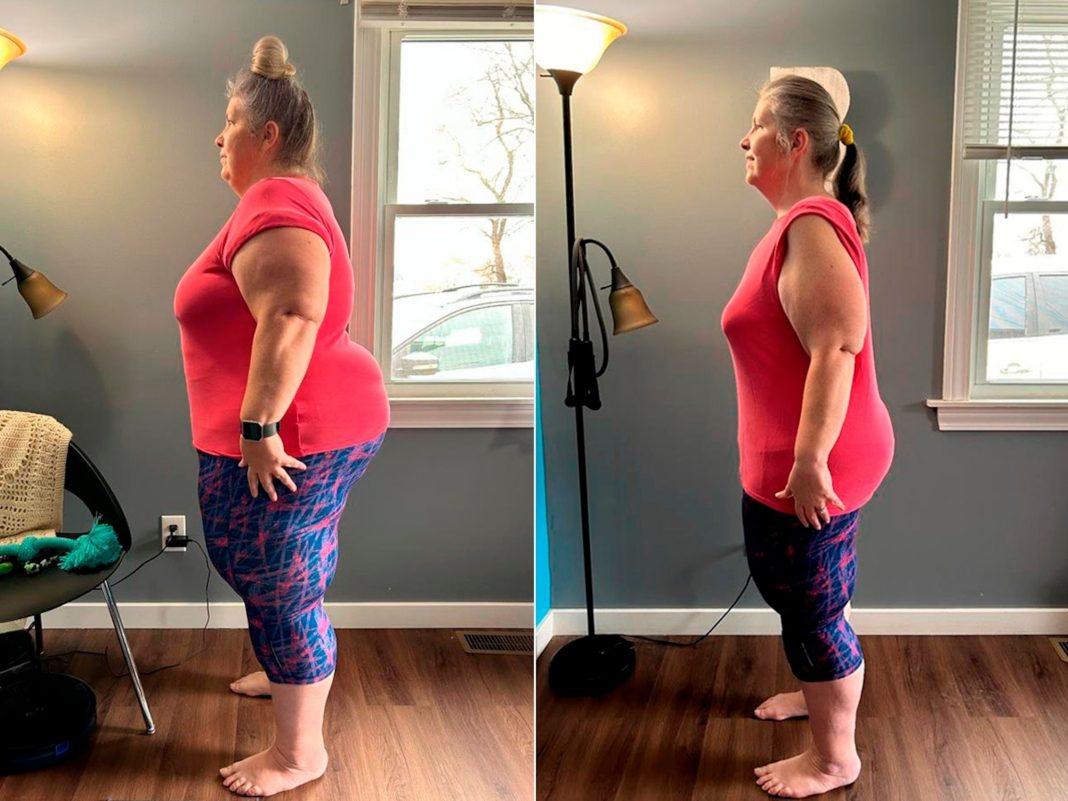
Inspections Required for Boeing 787 Dreamliners After Incident
In a recent development, the U.S. Federal Aviation Administration (FAA) has announced that it will be mandating inspections for Boeing 787 Dreamliners. This decision comes in the wake of an incident in March, where a LATAM Airlines plane experienced a sudden mid-air dive that resulted in injuries to over 50 passengers. The FAA has identified the uncommanded movement of the captain’s seat as the apparent cause of the dive, which led to the auto-pilot disconnecting.
According to the FAA, they have received a total of five reports regarding similar issues with the seats of both the captain and the first officer on Boeing 787s. The most recent report was received in June, and two cases are still under investigation. As a result, the FAA has issued an airworthiness directive that affects 158 U.S.-registered airplanes and 737 airplanes globally.
Under this directive, airlines are required to inspect the captain’s and first officer’s seats on 787-7, 787-9, and 787-10 airplanes within 30 days. The objective of these inspections is to check for any missing or cracked rocker switch caps or cracked switch cover assemblies. If any issues are found, the airlines must take the necessary corrective actions.
The FAA has emphasized the potential dangers associated with uncommanded horizontal movement of an occupied seat. Such movement could lead to a rapid descent of the airplane, putting both passengers and crew at risk of serious injury. It is crucial that these inspections are conducted promptly and thoroughly to ensure the safety of all those on board.
Boeing, the manufacturer of the 787 Dreamliner, and LATAM Airlines have not yet provided any official comments regarding this matter. It remains to be seen how they will respond to the FAA’s directive and what steps they will take to address the issue.
Boeing Halts Test Flights for 777-9 Due to Component Failure
In another development related to Boeing, the company has announced the suspension of test flights for its 777-9 aircraft. This decision comes after a component between the engine and airplane structure was found to have failed during a maintenance check. The specific details of the component failure have not been disclosed.
Boeing had recently commenced certification flight testing for its long-delayed 777-9, with FAA regulators on board, after receiving Type Inspection Authorization. However, following a flight test last week, the company discovered the damaged component and promptly informed the FAA about the issue. It is important to note that no near-term flight tests were scheduled for the other flight test airplanes.
While Boeing has not provided further information about the nature of the damaged component, it is stated that the part is custom to the 777-9. This implies that the issue is specific to this particular aircraft model, rather than a broader concern that could impact other Boeing planes.
The suspension of test flights for the 777-9 raises questions about the timeline for certification and delivery of the aircraft. Boeing has faced significant delays in the development and production of the 777-9, and this latest setback may further prolong the process. It remains to be seen how Boeing will address the issues with the damaged component and the impact it will have on the overall certification timeline.
In conclusion, the FAA’s decision to require inspections for Boeing 787 Dreamliners is a proactive step to ensure the safety of passengers and crew. The incidents involving uncommanded movement of the captain’s seat highlight the potential dangers that can arise from such issues. Simultaneously, Boeing’s suspension of test flights for the 777-9 due to a component failure raises concerns about the certification and delivery timeline for the aircraft. These developments underscore the importance of rigorous testing, inspections, and maintenance procedures in the aviation industry to guarantee the highest level of safety for all stakeholders.


